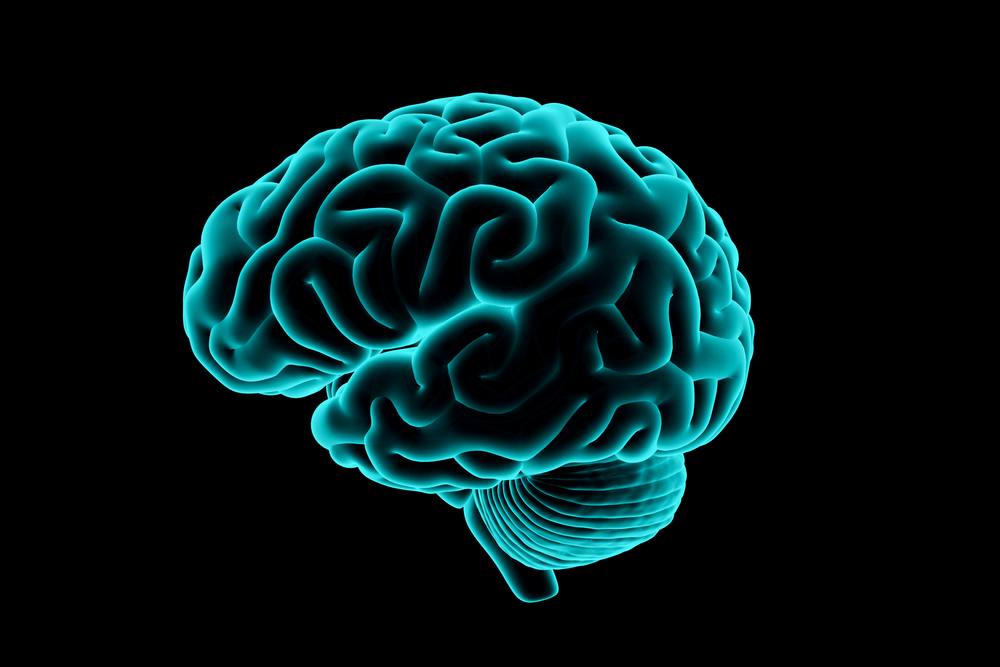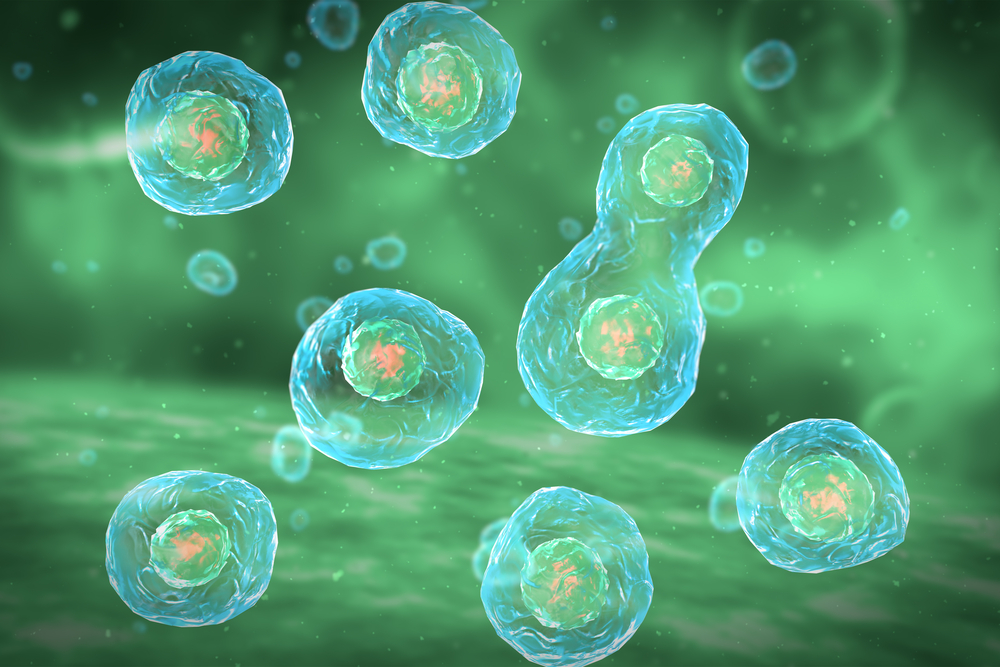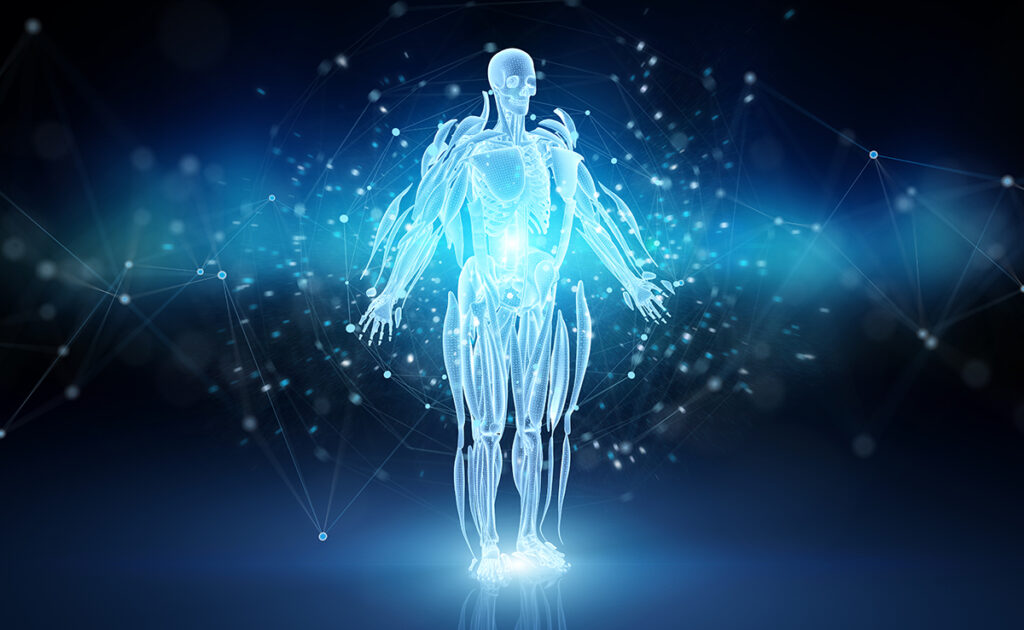Do you ever wonder about the mind-blowing aspects of biology? Prepare to be amazed as we explore a vast array of biology facts that will captivate you.
From the intricate workings of the human body to the peculiarities of animal behavior, in this article we will uncover the fascinating secrets that make our existence extraordinary.
Facts About the Building Blocks of Life

One of the building blocks of life is DNA. It’s a fascinating molecule that carries the genetic information in all living organisms. DNA, short for deoxyribonucleic acid, is found in the nucleus of cells and is composed of four bases: adenine, thymine, guanine, and cytosine.
These bases form a double helix structure, resembling a twisted ladder. DNA is responsible for determining our traits, such as eye color, height, and even our susceptibility to certain diseases.
In addition to its role in genetics, DNA is also used in forensic science to solve crimes, in genetic engineering to modify organisms, and in medical research to find cures for diseases.
Understanding the facts about DNA is vital in the field of biology as it helps us unravel the mysteries of life itself.
The Miracle of DNA
As you dig deeper into the fascinating world of biology, you’ll frequently encounter the awe-inspiring miracle of DNA.
DNA, or deoxyribonucleic acid, is a remarkable molecule that carries the genetic instructions for all living organisms. It’s found in every cell of your body and contains the information that determines your unique traits and characteristics.
DNA is composed of four bases – adenine, thymine, cytosine, and guanine – that form a double helix structure. This structure allows DNA to replicate and pass on genetic information from one generation to the next.
The discovery of DNA and its role in heredity revolutionized the field of biology and has led to breakthroughs in medicine, agriculture, and forensic science.
Understanding the miracle of DNA is essential for unraveling the mysteries of life itself.
The Power of Photosynthesis

Now, let’s explore the incredible process of photosynthesis and its vital role in sustaining life on Earth.
Photosynthesis is the remarkable ability of plants and some microorganisms to convert sunlight, carbon dioxide, and water into glucose and oxygen.
Through this process, plants generate the oxygen we breathe and produce the food that sustains all living organisms.
Photosynthesis is a crucial part of the carbon cycle, as it helps regulate the amount of carbon dioxide in the atmosphere.
It also provides energy for the growth and development of plants, which serve as the foundation of the food chain.
Without photosynthesis, life as we know it wouldn’t be possible, making it one of the most important biological processes on Earth.
Facts About the Complexity of the Human Brain

The human brain is an incredibly complex organ, housing approximately 100 billion neurons and playing a vital role in various cognitive functions and behaviors. It’s the command center of your body, responsible for controlling your thoughts, emotions, movements, and senses.
This remarkable organ is composed of different regions, each with its own specific functions. The frontal lobe, for example, is involved in decision-making and problem-solving, while the temporal lobe is responsible for processing auditory information and memory.
The brain’s complexity is further highlighted by its ability to change and adapt, a phenomenon known as neuroplasticity. Through this process, the brain can reorganize itself and form new connections, allowing for learning, memory formation, and recovery from injury.
Truly, the human brain is a fascinating and intricate masterpiece of nature.
The Intricate Systems of the Human Body
You have around 11 major systems in your body that work together to ensure its proper functioning.
These systems include:
- the circulatory system, which transports oxygen and nutrients throughout your body;
- the respiratory system, which allows you to breathe and exchange gases;
- the digestive system, which breaks down food and absorbs nutrients;
- the nervous system, which controls and coordinates your body’s activities;
- the skeletal system, which provides support and protection;
- the muscular system, which allows you to move;
- the integumentary system, which protects your body from external threats;
- the immune system, which defends against diseases;
- the endocrine system, which regulates hormones;
- the urinary system, which removes waste from your body;
- and the reproductive system, which allows for the creation of offspring.
These intricate systems work together harmoniously to maintain your overall health and well-being.
The Marvels of Microorganisms
As we look into the marvels of microorganisms, let’s explore the incredible impact these tiny organisms have on the intricate systems of the human body. Despite their size, microorganisms play a vital role in maintaining our health. They aid in digestion by breaking down food particles, produce essential vitamins such as vitamin K, and even help regulate our immune system.
Additionally, microorganisms are involved in the process of decomposition, breaking down dead organisms and returning nutrients to the environment. However, not all microorganisms are beneficial. Some can cause infections and diseases, highlighting the importance of maintaining a balance of microorganisms in our bodies.
Through their diverse functions, microorganisms prove to be remarkable contributors to the overall functioning of our bodily systems.
The Wonders of Cell Division

Now let’s look into the fascinating world of cell division and explore the remarkable process that allows your body to grow, repair, and regenerate.
Cell division is a fundamental process in biology that occurs in all living organisms. It’s responsible for the growth and development of organisms, the repair of damaged tissues, and the regeneration of cells.
The process of cell division involves the replication of DNA, followed by the division of the cell into two daughter cells. This process ensures that each new cell receives a complete set of genetic information.
Cell division is tightly regulated to maintain the balance between cell growth and cell death. Without cell division, your body wouldn’t be able to function properly and carry out essential functions such as healing wounds and replacing old and worn-out cells.
Facts About the Diversity of Life Forms
Continuing from our exploration of cell division, let’s now dig into the fascinating world of the diversity of life forms.
Life on Earth is incredibly diverse, with millions of species inhabiting various ecosystems. From microscopic bacteria to towering sequoia trees, the range of life forms is awe-inspiring.
Each species has its own unique characteristics, adaptations, and survival strategies. Some organisms can withstand extreme temperatures, while others thrive in the depths of the ocean.
The diversity of life forms is crucial for maintaining the balance of ecosystems and ensuring the sustainability of our planet. It’s through studying and understanding this diversity that we can appreciate the beauty and complexity of life on Earth.
The Fascinating World of Genetics
Diving into the fascinating world of genetics reveals the intricacies and complexities that contribute to the diversity of life forms on Earth.
Genetics is the study of genes, which are the units of heredity that determine the characteristics and traits of living organisms. Genes are made up of DNA, which contains the instructions for building and maintaining an organism.
Through the processes of replication and recombination, genes can be passed down from parents to offspring, resulting in the inheritance of traits. Genetic variations, such as mutations and genetic recombination, contribute to the diversity of life forms.
Understanding genetics is crucial in fields such as medicine, agriculture, and evolutionary biology, as it allows us to explore the mechanisms behind inherited diseases, crop improvement, and the evolution of species.
The Importance of Ecosystems
Understanding the interdependence of ecosystems is essential for comprehending the intricate web of life on Earth. Ecosystems are complex networks of living organisms, their physical environment, and the interactions between them. They play a vital role in sustaining life on our planet.
Ecosystems provide us with essential resources such as clean air, water, and food. They also regulate climate, control diseases, and support biodiversity. Moreover, ecosystems offer numerous recreational and cultural benefits.
However, human activities are increasingly putting pressure on these ecosystems, leading to habitat destruction, pollution, and species extinction. Recognizing the importance of ecosystems is crucial for promoting sustainable practices and conserving our natural resources.
Facts About the Secrets of Evolution
Now, let’s have a look into the fascinating world of evolution and uncover some intriguing facts about its secrets.
Evolution is a process that has shaped life on Earth for billions of years. One interesting fact is that all living organisms share a common ancestor. This means that humans, plants, and even bacteria are connected through a long chain of evolutionary changes.
Another fascinating fact is that evolution can occur at different rates. Some species evolve rapidly, adapting quickly to their environment, while others evolve slowly over millions of years.
Additionally, evolution isn’t a linear progression, but rather a branching tree of life with countless paths and possibilities.
These facts highlight the complexity and wonder of the natural world and the ongoing mysteries that scientists continue to unravel.
The Miraculous Process of Reproduction
Continuing our exploration of the secrets of evolution, let’s now dig into the miraculous process of reproduction, a fundamental aspect of life on Earth.
Reproduction is the process by which living organisms produce offspring of their own kind. It ensures the continuation of species and the diversity of life.
In most animals, reproduction involves the fusion of male and female gametes, or sex cells, through sexual reproduction. This process allows for genetic variation and adaptation to changing environments.
However, there are also organisms that reproduce asexually, where offspring are produced without the need for gametes or the involvement of a partner.
Reproduction is an extraordinary phenomenon that showcases the incredible complexity and diversity of life on our planet.
The Role of Enzymes in Biological Reactions
Enzymes play a crucial role in biological reactions. They act as catalysts, speeding up chemical reactions that take place within living organisms. Without enzymes, many of these reactions would occur too slowly to sustain life.
Enzymes work by binding to specific molecules, known as substrates, and converting them into different molecules, known as products. This process allows cells to carry out essential functions such as breaking down food, synthesizing DNA, and producing energy.
Enzymes are highly specific, meaning they only catalyze specific reactions. They’re also reusable, meaning they can be used over and over again.
The Surprising Abilities of Plants
Plants possess remarkable abilities that often go unnoticed, frequently surprising us with their adaptability and resilience.
One surprising ability of plants is their ability to communicate with each other. Through chemical signals, plants can warn each other of potential dangers, such as insect attacks or drought conditions. They can also release chemicals into the air to attract beneficial insects or repel harmful ones.
Plants also have the incredible ability to self-heal. When injured, they can produce new cells to repair the damage and continue growing.
Additionally, plants have the unique ability to convert sunlight into energy through photosynthesis, providing food not only for themselves but also for other organisms in the ecosystem.
These surprising abilities showcase the complexity and intelligence of the plant kingdom.
Facts About Animal Behavior
Animals display a wide range of fascinating behaviors that contribute to their survival and interactions with their environment. From migration and hibernation to communication and socialization, animal behavior is incredibly diverse and complex.
For example, many animals use camouflage as a defense mechanism to blend into their surroundings and avoid predators. Others engage in cooperative hunting or live in tightly-knit social groups, which enhances their chances of finding food and protecting themselves.
Some animals have unique mating rituals, such as the elaborate courtship dances performed by birds of paradise. Additionally, certain species exhibit altruistic behaviors, such as dolphins helping injured members of their pod.
The study of animal behavior not only allows us to appreciate the incredible adaptations and strategies that animals have developed, but also provides insights into our own behavior as humans.
The Incredible Adaptations in Nature
In the fascinating world of biology, you’ll uncover the awe-inspiring realm of incredible adaptations found in nature. From camouflage to mimicry, organisms have developed remarkable strategies to survive and thrive in their environments.
Take the chameleon, for example, with its ability to change color to blend seamlessly into its surroundings.
Or the Venus flytrap, which has evolved to trap and digest insects for nutrients in nutrient-poor environments.
Another fascinating adaptation is the Arctic fox’s thick fur and small ears, which help it withstand freezing temperatures.
These adaptations showcase the incredible ingenuity of nature and remind us of the immense diversity and resilience of life on our planet.
Through the study of these adaptations, scientists gain valuable insights into evolution and the interconnectedness of all living organisms.
The Intricate Web of Food Chains
To understand the complex interactions within ecosystems, it’s essential to recognize that every organism, from microscopic bacteria to apex predators, plays a vital role in the intricate web of food chains. Food chains depict the flow of energy from one organism to another as they consume and are consumed. They illustrate how energy is transferred from producers, such as plants, to primary consumers, like herbivores, and then to secondary consumers, such as carnivores. Each step in the food chain is important, as it maintains the balance and stability of the ecosystem.
Additionally, food chains are interconnected, forming food webs that further illustrate the interdependence of organisms. When one organism is affected, it can have a ripple effect on the entire ecosystem. Understanding the intricate connections within food chains is crucial for comprehending the functioning of ecosystems and the impact of environmental changes.
The Impact of Human Activities on the Environment
By engaging in various activities, humans have significantly impacted the environment. From deforestation to pollution, our actions have caused widespread damage to ecosystems around the world.
The burning of fossil fuels for energy production has led to an increase in greenhouse gas emissions, contributing to climate change. Industrial activities have resulted in the release of harmful chemicals and pollutants into the air, water, and soil, causing damage to wildlife and ecosystems.
Additionally, the expansion of urban areas and infrastructure has led to habitat destruction and loss of biodiversity.
It’s crucial that we recognize the impact of our actions and take steps towards sustainable practices to mitigate further damage and protect the environment for future generations.





